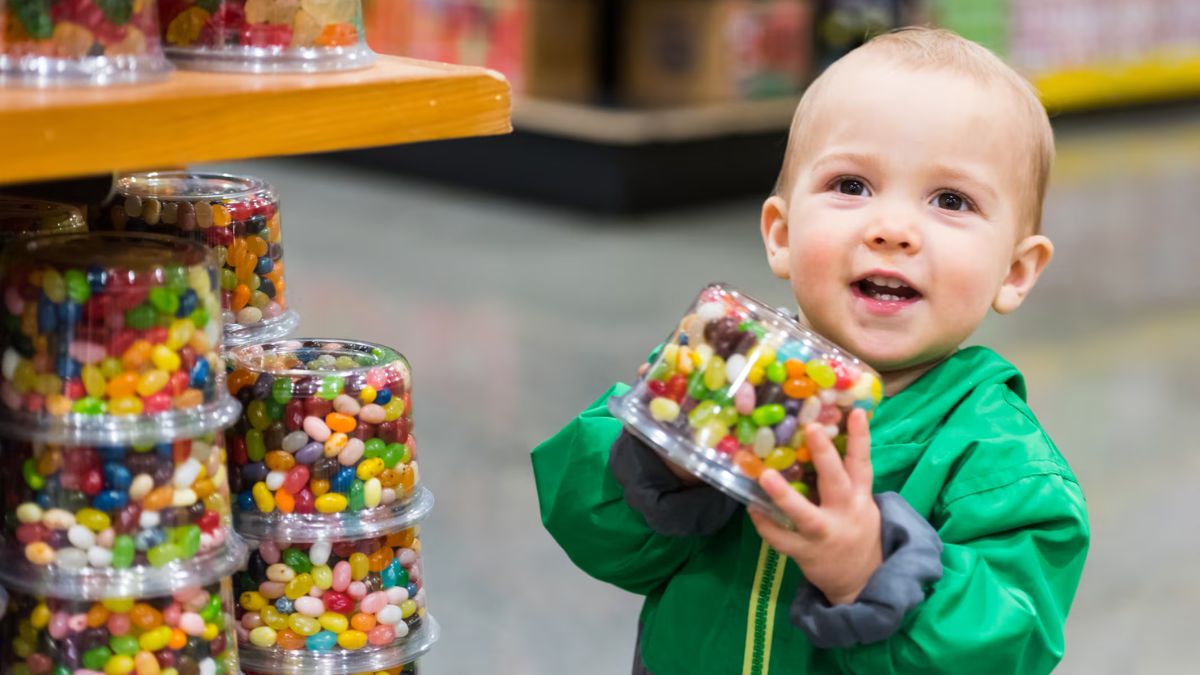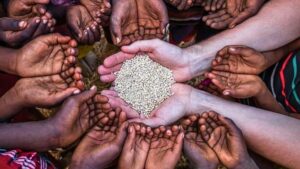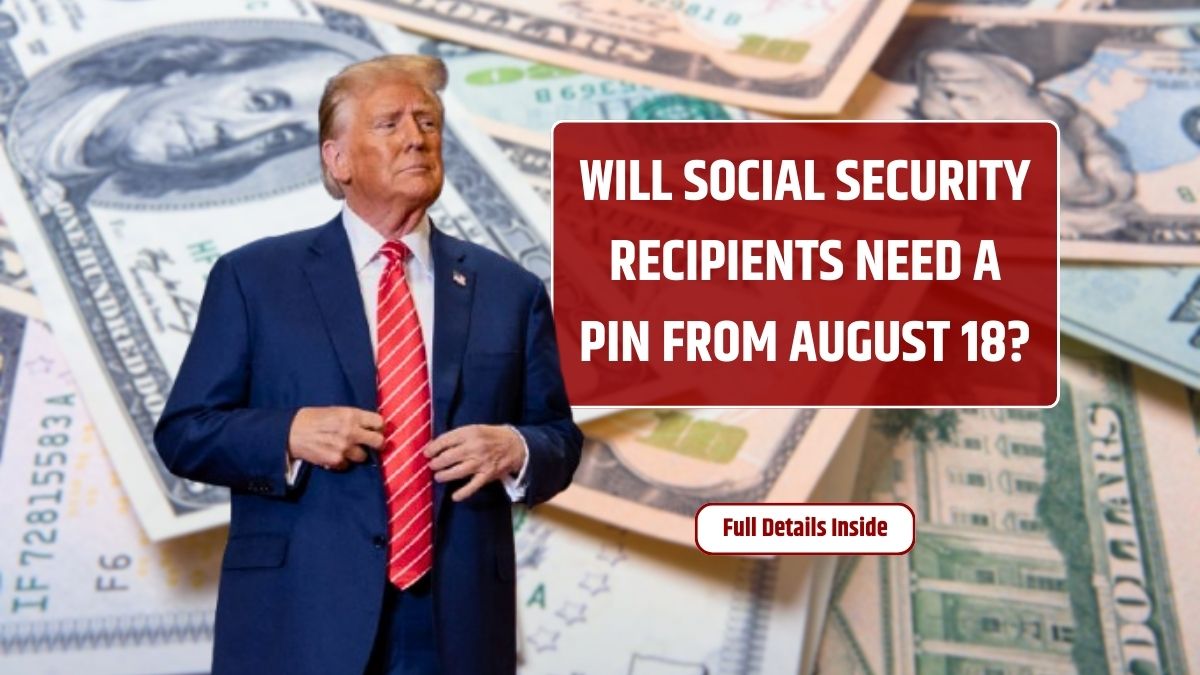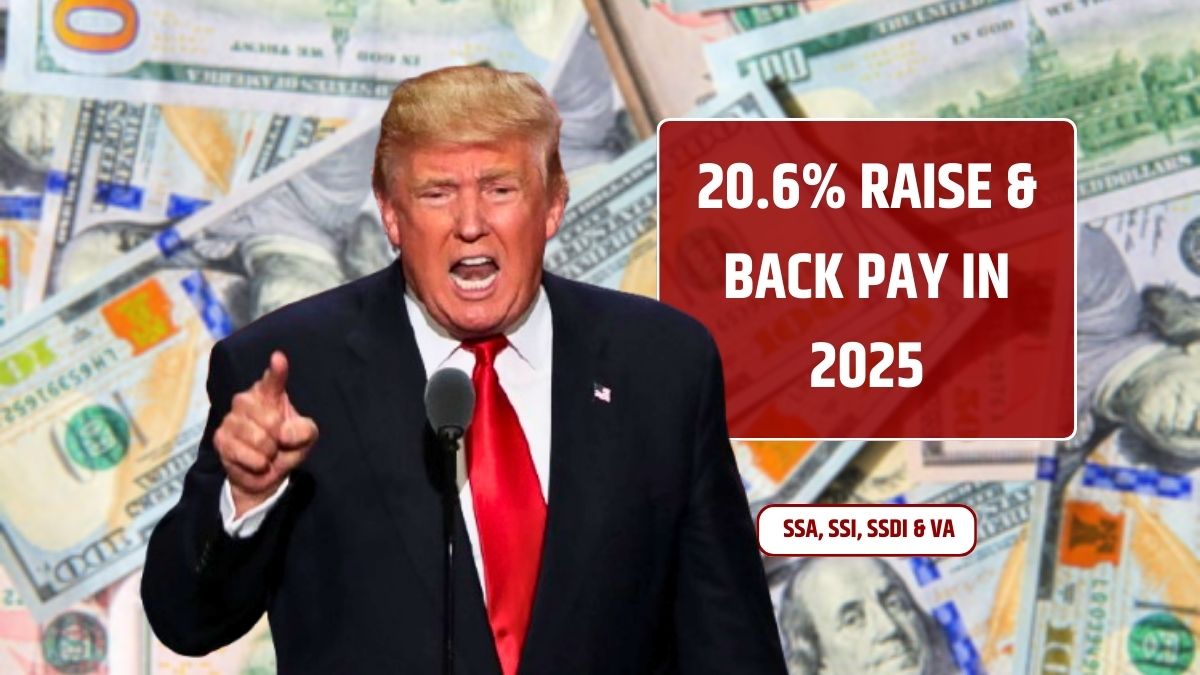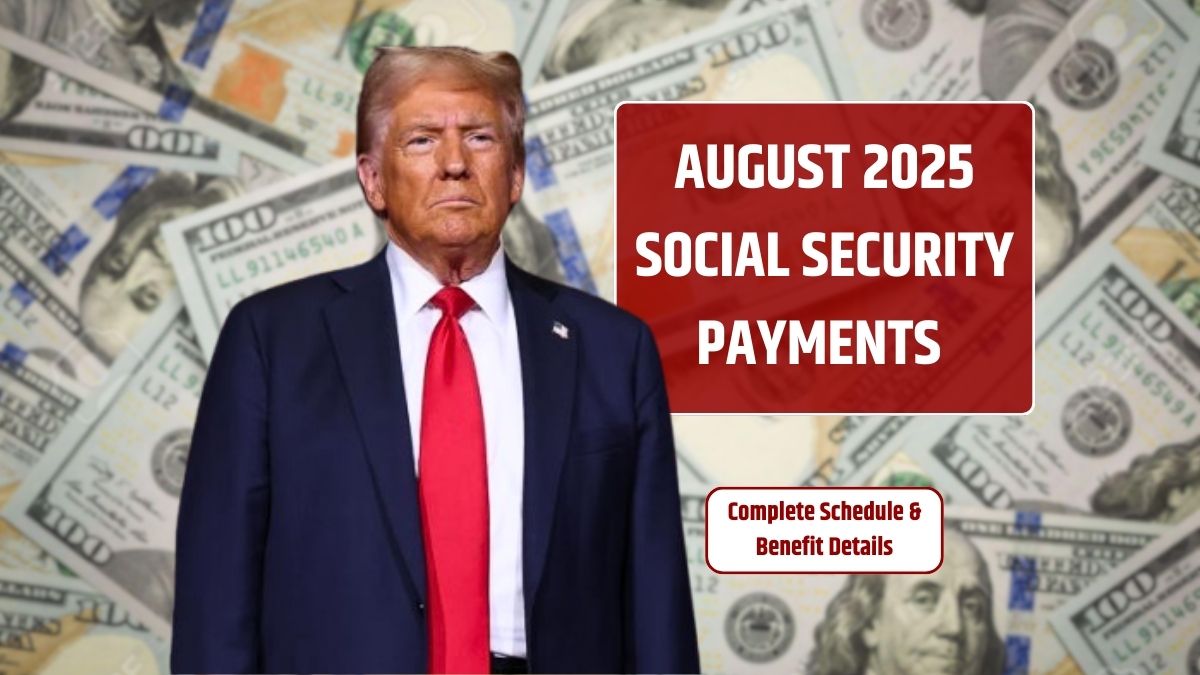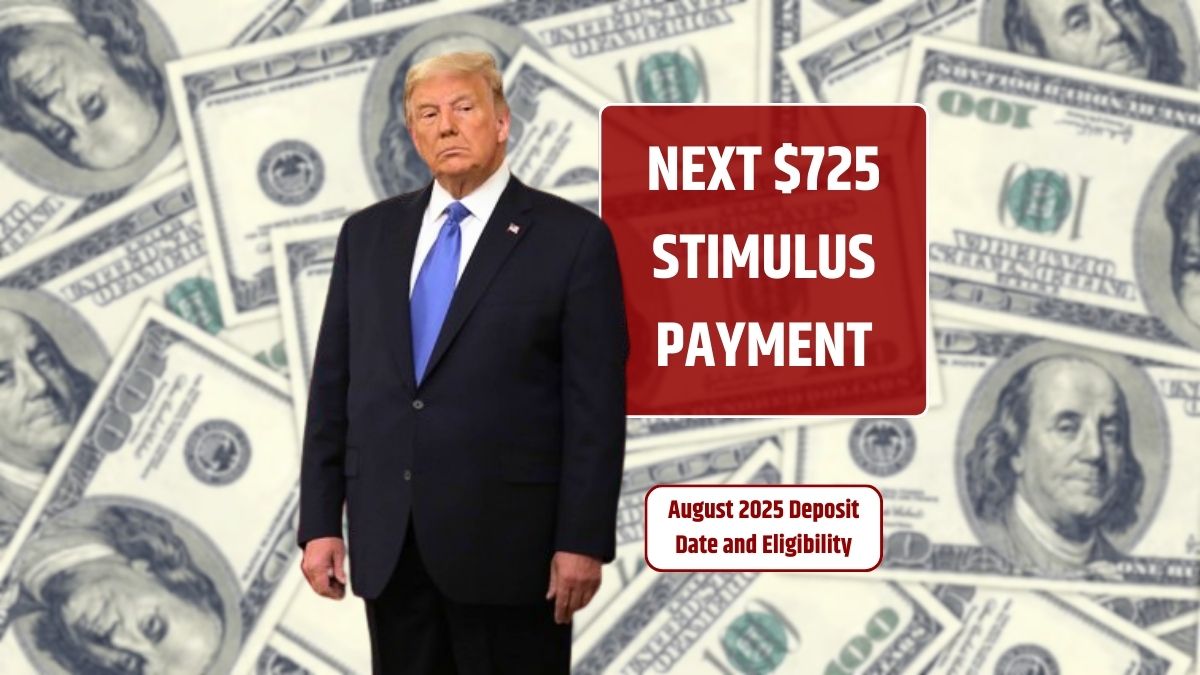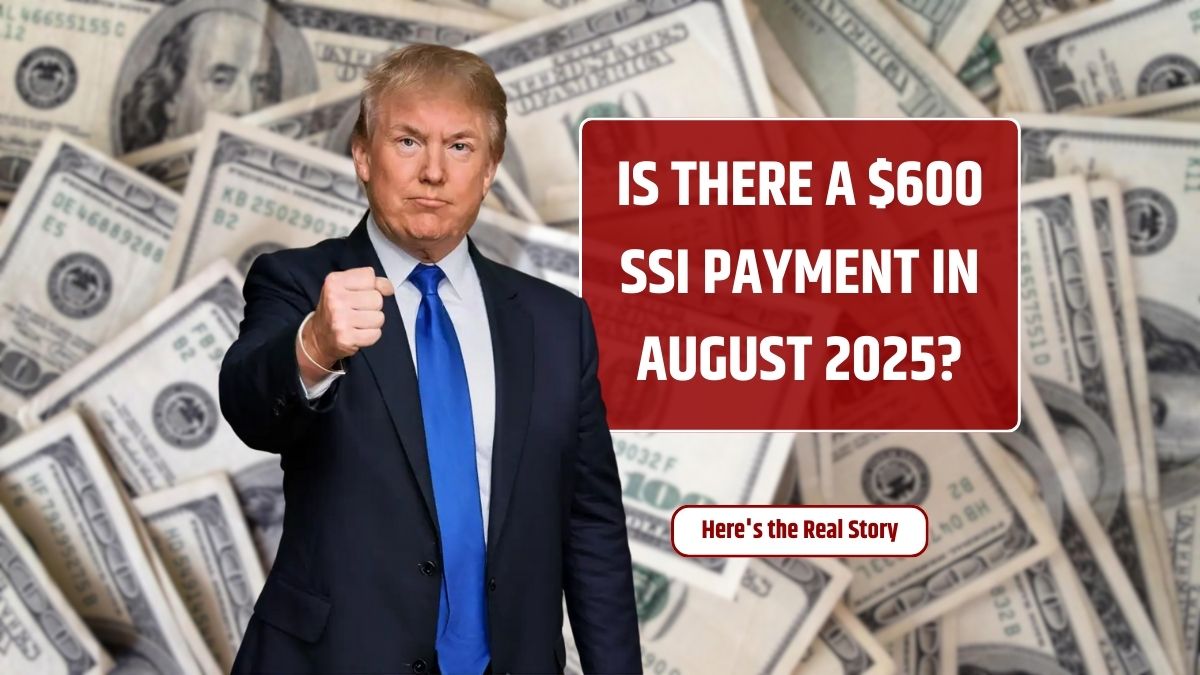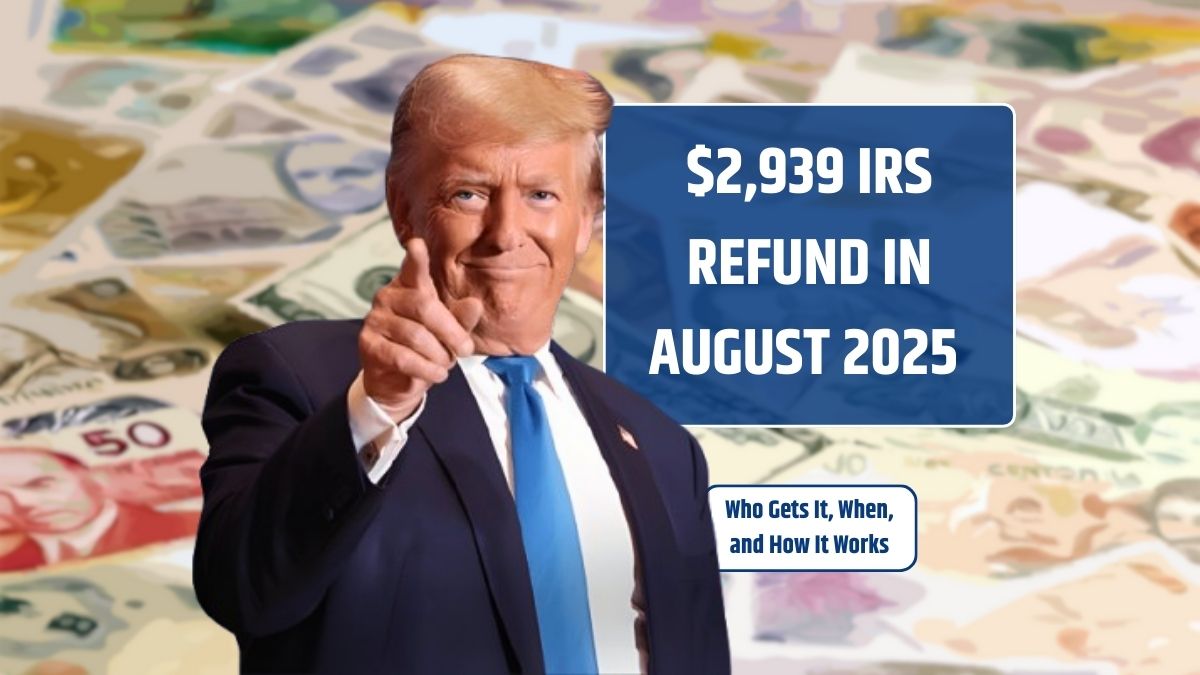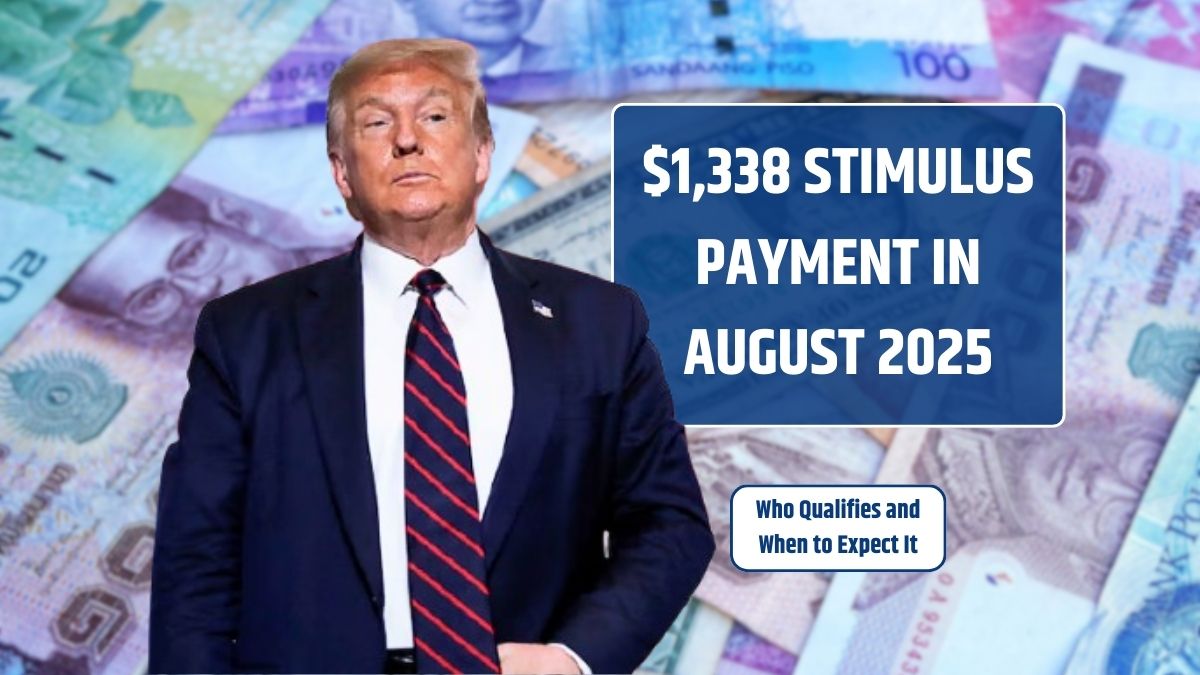In a sweeping shift that’s reshaping how food aid works in America, the U.S. Department of Agriculture (USDA) has approved six more states to ban the purchase of sugary drinks and processed snacks with food stamps. Starting in 2026, SNAP recipients in West Virginia, Florida, Colorado, Louisiana, Oklahoma, and Texas will no longer be able to use benefits to buy sodas, candy, and similar junk foods.
Expansion
This move is part of the Trump administration’s “Make America Healthy Again” initiative, a health-focused campaign led by Health Secretary Robert F. Kennedy Jr. The program urges states to promote better dietary habits among low-income families by restricting the purchase of processed and unhealthy foods using federal aid.
The six new states join Arkansas, Idaho, Utah, Iowa, Indiana, and Nebraska, which already had USDA waivers in place for similar SNAP purchasing restrictions. Agriculture Secretary Brooke Rollins, announcing the expansion at USDA headquarters, said the aim is to help families make better choices without eliminating food aid.
“These state waivers promote healthier options for families in need,” said Secretary Rollins.
Restrictions
The change redefines what counts as “food” under the Supplemental Nutrition Assistance Program (SNAP), meaning certain items once eligible will be officially excluded.
So what’s out? Think sodas, candy bars, certain snack cakes, and other ultra-processed products. The USDA wants to stop subsidizing these foods with taxpayer dollars, especially as public health officials continue sounding alarms about America’s chronic disease crisis.
Justification
The new rules are being framed as a necessary intervention. U.S. Food and Drug Commissioner Marty Makary said this is about more than just budgeting—it’s about fixing the roots of a national health crisis.
“For too long, the root causes of our chronic disease epidemic have been addressed with lip service only,” said Makary. “I hope to see all 50 states join this bold commonsense approach.”
Currently, over 42 million Americans rely on SNAP benefits to put food on the table, making it the largest anti-hunger program in the country. But critics have long pointed out that some of the foods purchased through SNAP contribute to obesity, diabetes, and other health problems.
Impact
What does this mean for the average SNAP recipient? If you’re in one of the affected states, starting in 2026, your benefits can no longer be used for items that don’t meet new nutritional standards. That includes:
| Restricted Items | Examples |
|---|---|
| Sugary Drinks | Sodas, energy drinks |
| Candy | Chocolate bars, gummies, taffy |
| Processed Snacks | Some snack cakes, sugary cereals |
The goal isn’t to cut benefits—it’s to redirect them toward healthier foods, such as fruits, vegetables, whole grains, dairy, and lean proteins. That said, opponents argue it’s a form of government overreach, controlling how poor families eat.
Reforms
This new approach isn’t happening in isolation. The tax cut and spending bill signed by President Trump in July also overhauled parts of the SNAP program. It added expanded work requirements and shifted more administrative responsibility to individual states.
The combination of these reforms paints a clear picture: Washington wants states to take the lead in not just distributing aid, but in deciding how it’s used. And as more states sign on, the pressure will mount on others to follow suit.
Whether these moves will lead to better health outcomes or stir backlash remains to be seen. But one thing is clear—SNAP is no longer just about hunger. It’s about shaping nutrition habits for millions.
FAQs
Which states just got SNAP waivers?
West Virginia, Florida, Colorado, Louisiana, Oklahoma, and Texas.
What items are banned under SNAP now?
Soda, candy, and some processed snack foods.
When will the new SNAP rules take effect?
The bans start in 2026.
Who launched the health initiative?
Health Secretary Robert F. Kennedy Jr. under Trump.
How many people use SNAP in the US?
Over 42 million Americans receive SNAP benefits.

